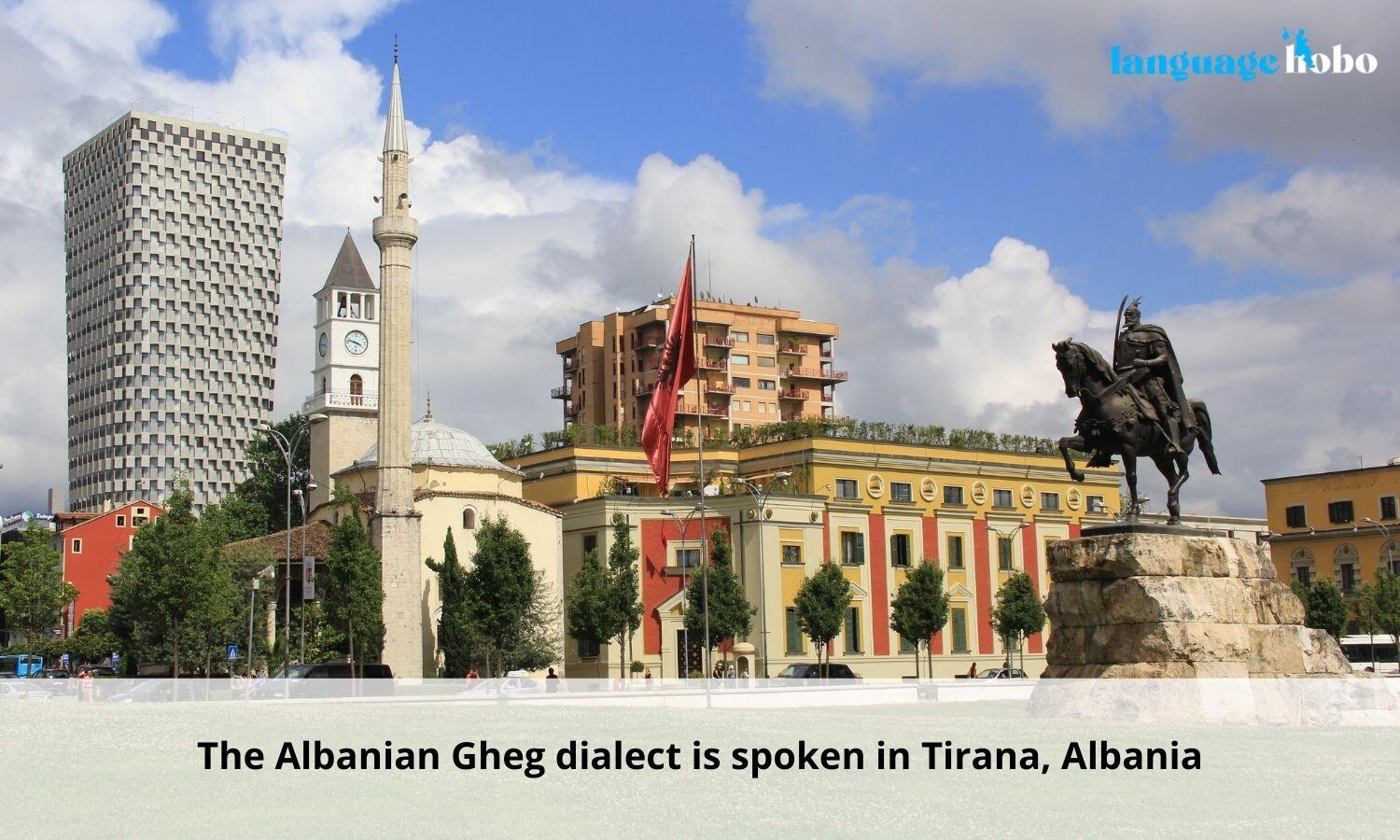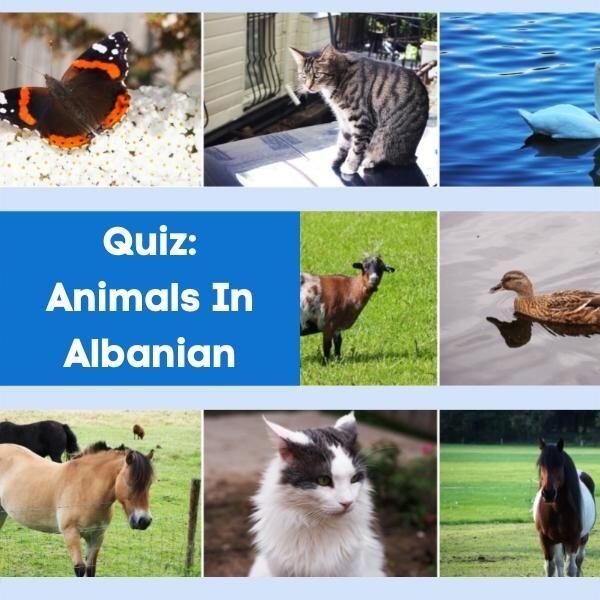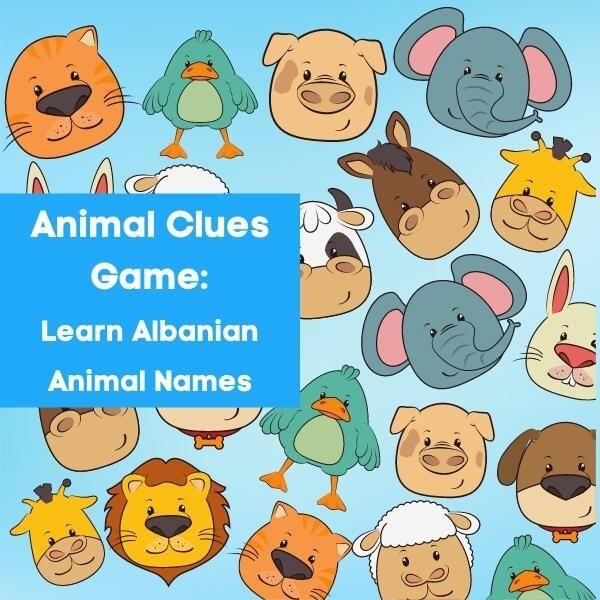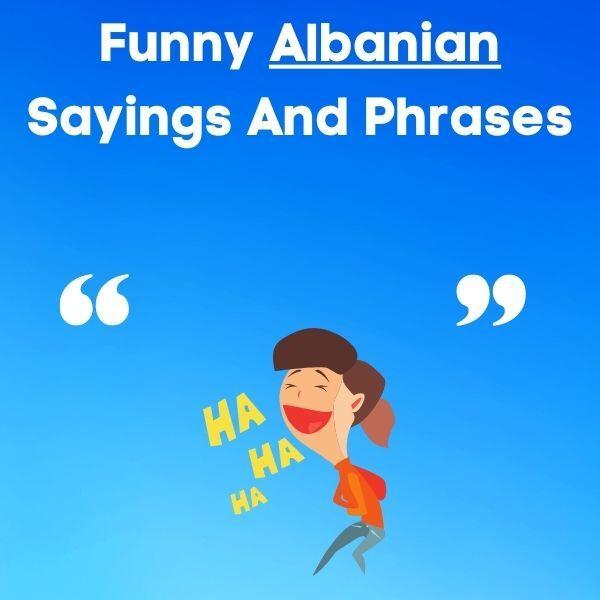Albanian Dialects: Gheg vs Tosk, And More
Although Albanian has several dialects, the two main ones are Gheg and Tosk. The Gheg dialect is spoken in the north of Albania, while the Tosk dialect is spoken in the south. The River Shkumbin represents the dialectic boundary between the two.
Standard Albanian, the official, universally-understood and written form of the language, is based on the Tosk dialect.
Let’s take a look at both dialects in more detail.
Where is the Gheg dialect spoken?

In Albania, it is the dominant dialect in cities such as Shkodër and Tirana, as well as in rural areas to the north and east of the country.
The Gheg dialect is also spoken in some regions of Kosovo – specifically, in the north and central parts of the country; in Montenegro – particularly in Plav, Gusinje and Ulcinj; in southern Serbia – mainly in Preševo; and in some areas of Macedonia – specifically in Gostivar and Tetovo.
Where is the Tosk dialect spoken?

The Tosk dialect is spoken in southern Albania, in the cities of Berat, Fier, and Korçë, as well as in rural areas to the south and west of the country.
It is also spoken in some parts of Greece, in places like Peloponnese, Attica, and Euboea.
Among the Albanian communities in countries like Egypt, Turkey and Ukraine, Tosk is the Albanian dialect of choice.
Are Gheg and Tosk mutually intelligible?
For the most part, Gheg and Tosk speakers can understand each other, so long as idiomatic expressions aren’t used. This is because about 90% of the Albanian vocabulary is common to both dialects.
Gheg vs Tosk: What are the main differences between the two dialects?
Loanwords
Although Turkish loanwords are spread throughout the Albanian language (due to the centuries-long Ottoman occupation of Albania), they are more commonly seen in the Gheg dialect.
On the other hand, Tosk has absorbed a greater number of loanwords from Modern Greek.
Grammar
The major grammatical difference between Gheg and Tosk is that Tosk no longer has an infinitive verb form, while Gheg does.
There’s also a difference in the way both dialects form their past tenses. Tosk has a simpler method of forming its past tense, while Gheg uses the pronominal “u”. The following example should clarify this:
Tosk: E thashë. (I said it.)
Gheg: Unë e thashë atë. (I said it.)
Pronunciation
The two dialects also differ in their pronunciation. For instance, Gheg tends to be more nasal, and stretches out certain vowels more than Tosk does. This difference can alter the meaning of words.
Also, in Gheg, the letter “ë”, if it comes at the end of a word, is silent.
What are some of the other Albanian dialects, and where are they spoken?
There are a few other Albanian dialects, but they are not as widely spoken as Gheg and Tosk. Some of these dialects include Arbëresh, Arvanitika and Labërisht.
Arbëresh is spoken by the Arbëreshë people, who are descendants of Albanians who fled to Italy during the 15th century. Arbëresh is mainly spoken in southern Italy, in places like Calabria, Apulia and Sicily.
Arvanitika is the Albanian dialect of the Arvanites, who are an ethnic group in Greece. Arvanitika is mainly spoken in central and southern Greece, specifically in Boeotia, Corinthia, Laconia, Messenia and Phocis.
Labërisht is spoken in the Labëria region of Albania, which is located in the southern part of the country.
Which Albanian dialect should you learn?
If you’re planning on traveling to or living in Albania, it’s a good idea to learn the Gheg dialect, as it is the most widely spoken form of Albanian in the country. Roughly two thirds of the population speak it as their first language.
That said, Standard Albanian, though influenced by both Gheg and Tosk, is much more similar to Tosk; and you’ll find that almost all Albanian language learning materials, apps and programs use Standard Albanian.
So, if you’re looking to gain a general understanding of the Albanian language, learning Tosk/Standard Albanian would make the most sense.
Learn some common Albanian greetings and salutations to get you started in this beautiful language.



